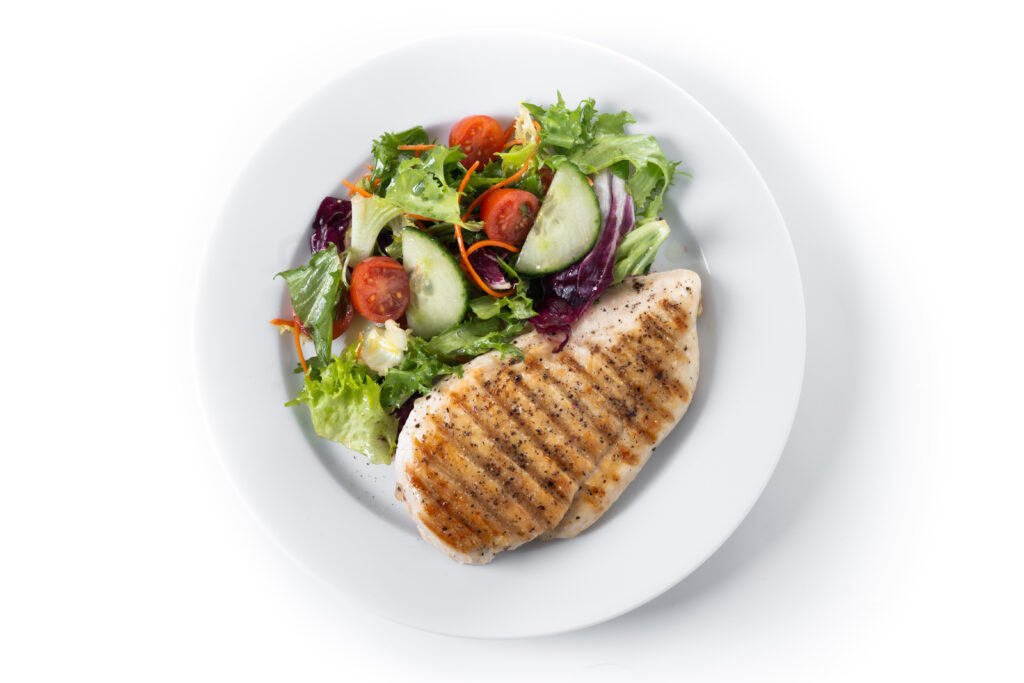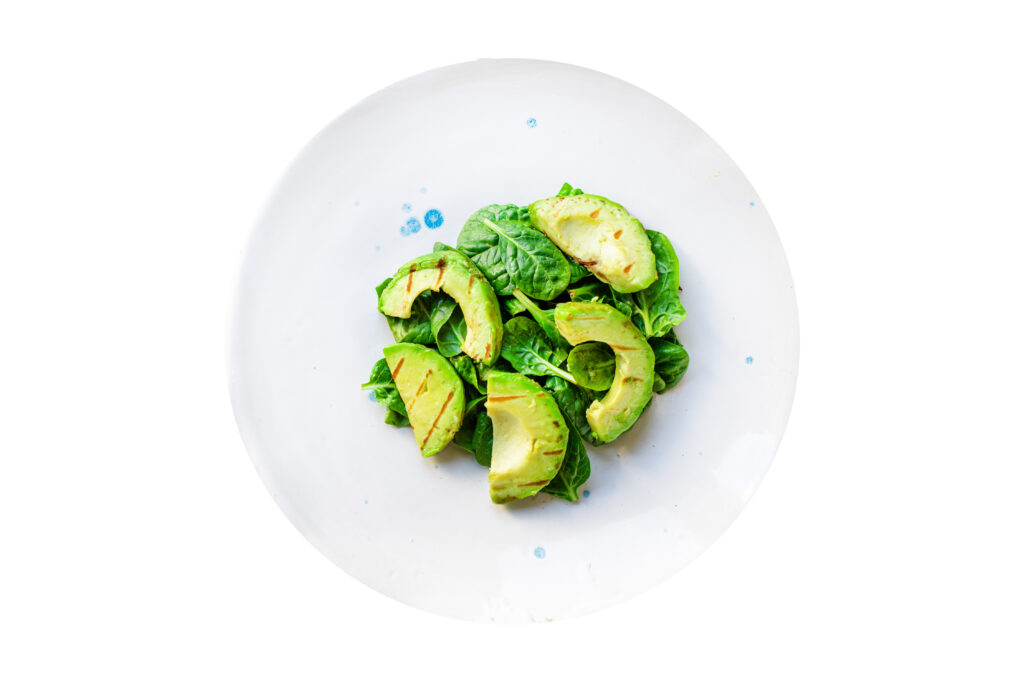Commodity forecasting highlights from CommodityONE
This snapshot report is released every week. To learn more about the FULL report, click here.
Designed to support purchasing and forecasting teams in managing price risks, CommodityONE provides powerful tools like commodity forecasting and item-specific food cost modeling to help you plan smarter and maximize profitability. Learn how you can receive even more in-depth insights delivered daily from CommodityONE to elevate your strategy.

Expert insights
curated weekly

Powered by
CommodityONE
Alerts & What’s Trending
3 Ways Hospitality Purchasing Technology Is Driving Digital Disruption
How to Control Food Cost with These 8 Smart Strategies
When People and Technology Align: Key Takeaways from the 2025 InsideTrack Tech Summit
Produce
Produce markets remain volatile amid seasonal transitions and supply disruptions. Iceberg lettuce surged another 16% week-over-week, setting a new year-to-date high and pushing case prices toward the upper $40s to low $50s range. Roma tomatoes staged a sharp rebound, jumping nearly 60% and recovering three weeks of losses in a single move. Avocado prices inched higher, marking just the third weekly gain since March and signaling stabilization near $30/carton.
Outlook: Expect sustained firmness in lettuce and tomato markets through late November as harvest regions shift and cooler weather impacts yields. Avocados should remain stable around current levels barring any unexpected supply shocks.

Grain
Corn, soybeans, and soybean meal all advanced last week, breaking above key technical resistance levels. Corn’s move past its 100-day moving average was especially notable, suggesting renewed speculative activity in the absence of fresh USDA data or trade news. The rally appears tied to optimism about potential progress in U.S.–China trade discussions and a weaker U.S. dollar improving export competitiveness.
Outlook: Grains could maintain upward momentum in the short term, but without confirmation of improved export sales or lower yield projections, volatility is likely to persist.

Dairy
Dairy markets softened across most categories, with CME block cheese at $1.73/lb (-$0.04) and barrels at $1.76/lb (-$0.02). Butter prices eased $0.03 to $1.56/lb, though still $0.10 above the five-year average, reflecting a resilient export market. Milk and cream remain readily available, helping processors maintain consistent output even amid localized maintenance slowdowns. Export demand for cheese continues to provide a key outlet for balancing inventories.
Outlook: Stable milk supply and firm export activity should keep cheese and butter markets balanced into November. Any notable shifts will likely be driven by export fluctuations or holiday retail demand.

Beef
Cattle futures trended lower across nearby contracts, yet wholesale beef prices gained strength. The Choice cutout rose 2% to $373.14/cwt, supported by robust demand for premium cuts ahead of the holiday season. Ribeyes, loins, and tenderloins led the charge, while end cuts and ground beef followed with smaller increases. Although reports of higher Argentine beef imports pressured futures, domestic boxed beef values remain supported by tight supplies and active retail features.
Outlook: Expect firm-to-higher boxed beef prices through mid-November as seasonal buying and export demand provide continued support despite softer live cattle markets.

Pork
The pork cutout fell 3% to $99.71/cwt, marking another week of downward movement driven by weaker prices across loins, bellies, and hams. Boneless loins eased to $1.32/lb, ribs slipped to $1.69/lb, and bellies declined to $1.59/lb. Export demand for pork butts offered some relief, while tenderloins edged higher to $1.85/lb, benefiting from seasonal menu features. Trimmings were mixed, with 72% lean trim down $0.09, indicating lighter domestic processing demand.
Outlook: With domestic consumption plateauing and limited foodservice demand growth, pork prices are expected to remain under mild pressure into early November before stabilizing seasonally.

Seafood
Scallop prices have undergone one of the sharpest corrections in the seafood sector, falling nearly 40% month-over-month in July and hitting a new four-year low. The decline aligns with historical seasonality as prices typically bottom in midyear before modestly firming in Q4. While recent price softness has benefited buyers, limited supply replenishment could drive small increases into year-end.
Outlook: Expect modest scallop price recovery through November followed by gradual easing in early 2026 as seasonal buying subsides and inventories normalize.

Poultry
USDA young chicken harvest totaled 172.7 million head, down 1% week-over-week but up 2.4% year-over-year, keeping production levels elevated relative to demand. White meat values continued to decline, with boneless/skinless breasts down to $1.13/lb (-20% m/m) and tenderloins easing to $1.40/lb (-29% m/m), reflecting a market correction from summer highs. Dark meat cuts, including thighs, followed suit, while turkey and egg pricing held steady week-over-week. Notably, boneless turkey breasts remain up 273% year-to-date, underscoring continued tightness in that category.
Outlook: The poultry market is showing early signs of stabilization as price declines slow. Upcoming retail promotions should lift demand slightly, but high harvest volumes will limit upward price mobility through November.
Want the FULL report in your inbox everyday?
Submit the short form to learn how to get the FULL CommodityONE report delivered DAILY to your inbox:
CommodityONE offers a diversity in format and provides definitive content that presents the trends and forecasts that align with what’s happening in the industry. Sign up for CommodityONE today to unlock the most in-depth foodservice commodities report on the market.

Expert insights
curated weekly

Powered by
CommodityONE



